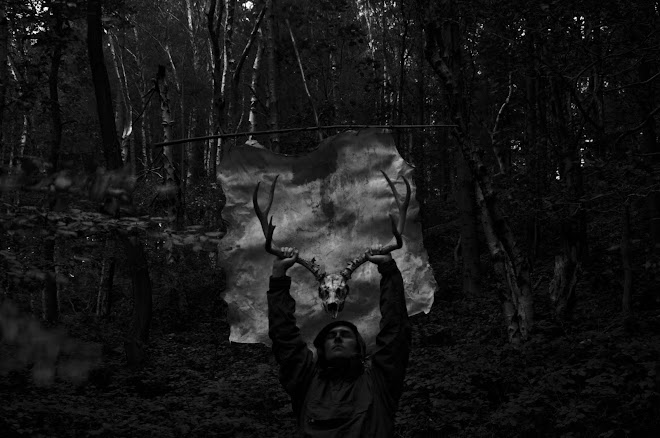


 It is a belief very strongly and generally held that Montague Rhodes James, scholar and school master, wrote the finest ghost stories in the English language. This, of course, is wrong. Those who have read the works of Mr. James will assent that ghosts seldom, if ever, feature in his work and that their place is taken by an altogether different class of menace. Not for him the spectral figure draped in pale shrouds, clanking its chains with raised, beckoning hand. No, James’ stories are concerned with deamonic manifestations that spring toothsome and hairy from dark corners to harrow the peace of genteel domesticity, unnamed things that have lingered too long beneath the lich gate or those that dwell eternal and restless in dark woods and abandoned places.
The mastery of James is to evoke the uncanny into settings of such commonplace mundanity that events which would otherwise be comic and banal become horrific and terrifying. That class of establishment known as the Rock Club is surely one of the most banal and commonplace available today. They attract a clientele of equal parts fresher rock-soc newbies and metal-nerd wannabe’s, gathering to smoke their fragile rollies in the windy doorways and knotting together in small groups around their discount lager and alcopops. In their mores and codes Rock Clubs are as stuffy and conservative as any Edwardian drawing room and thus, when the uncanny and horrific manifests out of the commonplace into screaming, threatening presence the effect is perfectly Jamesian in its impact.
The first we hear of Wraiths is the beat of a drum and the ringing of a bell. Like flagellants atoning for the sins of an already dead world Gaendaal and Nakir shuffle into the room, cowled and hooded. Some of the audience, clutching their drinks and moving nervously from foot to foot, smirk to themselves and each other but there is nothing of mirth in the hideous wail that slithers round the room like a miasma from a mass grave. High and shrill as the call of the dead among dead places it comes again and again to summon darkness out of light, to wither hope and mock the vanity of life. If this is ambient music it is the ambience of the plague pit and the gallows pole.
There is fear in the sound of Wraiths, in the chaotic and malevolent pitch black noise that evokes for us the glare of evil faces, the stony grin of inhuman malice and the shadowy forms that persue us out of the darkness of our own night. Truly the satyr shall cry to his fellow and those who still have business with the living will do well to pass quickly by the lich gate and avoid the ash tree that taps on the window at night.
It is a belief very strongly and generally held that Montague Rhodes James, scholar and school master, wrote the finest ghost stories in the English language. This, of course, is wrong. Those who have read the works of Mr. James will assent that ghosts seldom, if ever, feature in his work and that their place is taken by an altogether different class of menace. Not for him the spectral figure draped in pale shrouds, clanking its chains with raised, beckoning hand. No, James’ stories are concerned with deamonic manifestations that spring toothsome and hairy from dark corners to harrow the peace of genteel domesticity, unnamed things that have lingered too long beneath the lich gate or those that dwell eternal and restless in dark woods and abandoned places.
The mastery of James is to evoke the uncanny into settings of such commonplace mundanity that events which would otherwise be comic and banal become horrific and terrifying. That class of establishment known as the Rock Club is surely one of the most banal and commonplace available today. They attract a clientele of equal parts fresher rock-soc newbies and metal-nerd wannabe’s, gathering to smoke their fragile rollies in the windy doorways and knotting together in small groups around their discount lager and alcopops. In their mores and codes Rock Clubs are as stuffy and conservative as any Edwardian drawing room and thus, when the uncanny and horrific manifests out of the commonplace into screaming, threatening presence the effect is perfectly Jamesian in its impact.
The first we hear of Wraiths is the beat of a drum and the ringing of a bell. Like flagellants atoning for the sins of an already dead world Gaendaal and Nakir shuffle into the room, cowled and hooded. Some of the audience, clutching their drinks and moving nervously from foot to foot, smirk to themselves and each other but there is nothing of mirth in the hideous wail that slithers round the room like a miasma from a mass grave. High and shrill as the call of the dead among dead places it comes again and again to summon darkness out of light, to wither hope and mock the vanity of life. If this is ambient music it is the ambience of the plague pit and the gallows pole.
There is fear in the sound of Wraiths, in the chaotic and malevolent pitch black noise that evokes for us the glare of evil faces, the stony grin of inhuman malice and the shadowy forms that persue us out of the darkness of our own night. Truly the satyr shall cry to his fellow and those who still have business with the living will do well to pass quickly by the lich gate and avoid the ash tree that taps on the window at night.














































